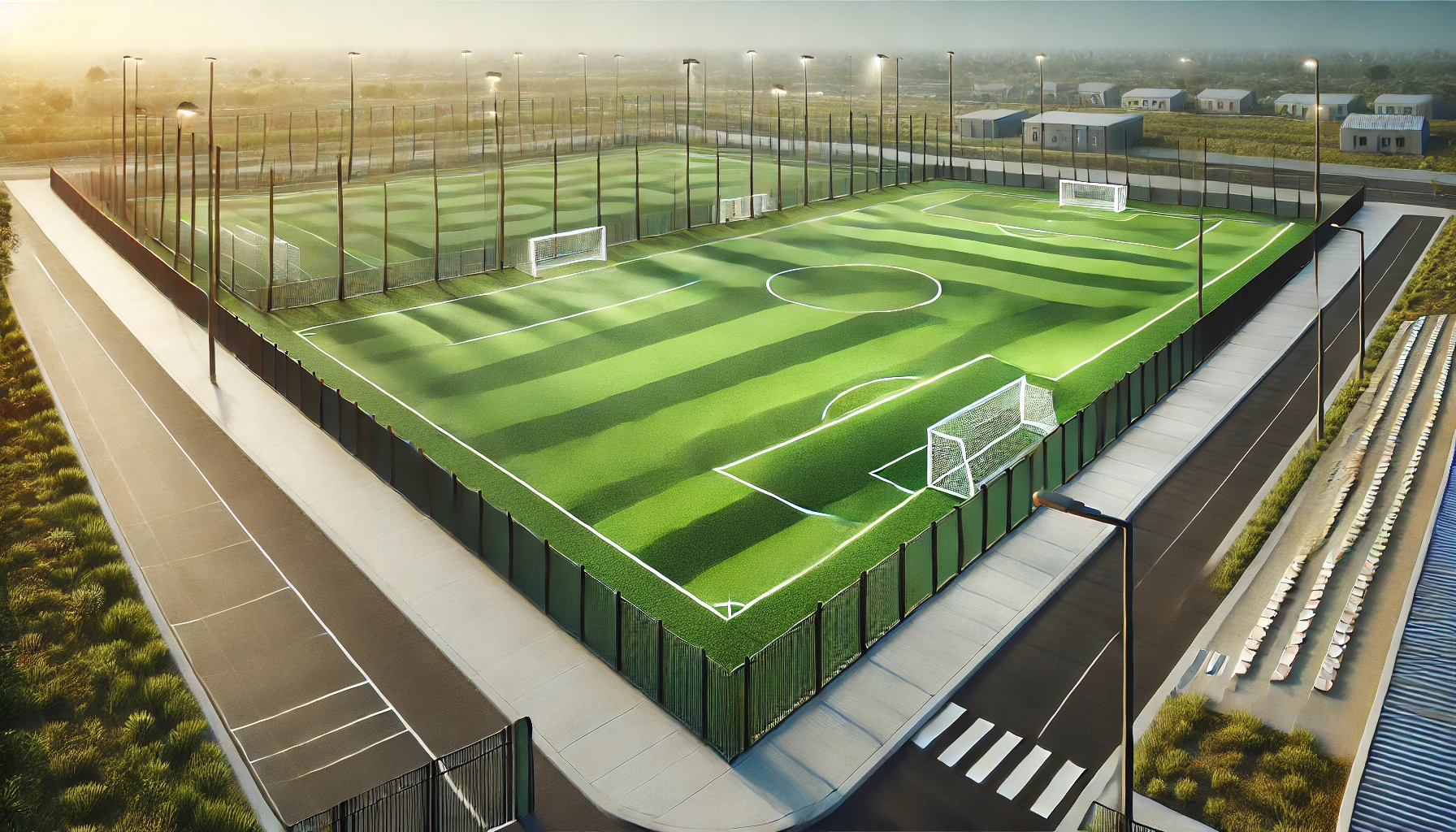Artificial turf soccer fields have become increasingly popular due to their durability, low maintenance, and ability to withstand heavy usage. This article explores their key features, advantages, disadvantages, applications, and considerations for installation and maintenance.
Introduction to Artificial Turf Soccer Fields
Artificial turf, also known as synthetic grass, is a man-made surface designed to mimic the appearance and feel of natural grass. In soccer, these fields provide a consistent playing surface that is less susceptible to weather conditions, making them a viable alternative to natural grass pitches.
Key Features of Artificial Turf Soccer Fields
- Durability: Artificial turf is engineered to withstand heavy foot traffic and frequent use without significant wear and tear, making it suitable for facilities with high usage rates.
- Low Maintenance: Unlike natural grass, synthetic fields do not require regular mowing, watering, or fertilization, reducing ongoing maintenance costs.
- All-Weather Playability: These fields remain playable in various weather conditions, as they are not prone to becoming muddy or waterlogged, ensuring consistent performance year-round.
Advantages of Artificial Turf Soccer Fields
- Consistent Playing Surface: Provides uniform traction and ball behavior, enhancing the quality of play.
- Extended Playtime: Can accommodate more hours of play compared to natural grass, which requires rest periods to recover from heavy use.
- Resource Efficiency: Eliminates the need for watering and reduces the use of pesticides and fertilizers, contributing to environmental conservation.
Disadvantages of Artificial Turf Soccer Fields
- Increased Risk of Injuries: Some studies suggest a higher incidence of certain injuries, such as turf burns and joint stress, associated with artificial surfaces.
- Heat Retention: Artificial turf can become significantly hotter than natural grass under direct sunlight, potentially causing discomfort to players.
- Initial Installation Costs: The upfront cost of installing synthetic turf can be higher than natural grass, though it may be offset by lower maintenance expenses over time.
Applications of Artificial Turf Soccer Fields
- Multi-Sport Facilities: Ideal for venues hosting various sports, as the surface can be customized with different markings and withstand diverse activities.
- Indoor Soccer Arenas: Suitable for indoor facilities where natural grass is impractical due to lack of sunlight and soil.
- Community and School Fields: Provides a durable and low-maintenance option for schools and community centers with limited budgets for field upkeep.
Considerations for Installation and Maintenance
- Proper Drainage Systems: Essential to prevent water accumulation and ensure the field remains playable after rainfall.
- Quality Infill Materials: Selecting appropriate infill, such as rubber granules or sand, affects the field’s performance and safety characteristics.
- Regular Cleaning and Grooming: Despite lower maintenance needs, artificial turf requires periodic cleaning to remove debris and grooming to maintain fiber integrity and surface evenness.
Conclusion
Artificial turf soccer fields offer a practical and durable alternative to natural grass, with benefits including consistent playability and reduced maintenance. However, considerations regarding player safety, heat retention, and initial costs are crucial when deciding to install such a surface. Proper planning and maintenance can maximize the advantages of artificial turf in various soccer applications.
